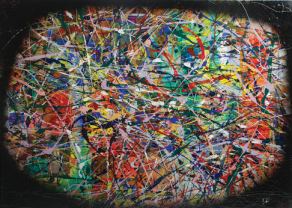Reduce the tension in the layers or structures for innovation to emerge.
A really hard part of managing in larger organizations is in managing the layers and competing forces. Hierarchy dominates the speed of what we do.

Often we forget to reinforce the very design within our organizational structures, we leave role structures incomplete and uncertain and we set the deliverables in often ‘woolly’ ways so we can side step the often intransigence within our organizations way of working . This just further promotes uncertainly and it is not an adaptive organization but one left open so the leadership can side step when it suites their purpose.
In leaving this so open to ignoring one minute, using it as the ‘whipping boy’ the next they slowly immobilize those underneath. These create unnatural built-in tensions and often create a shearing effect.
They grind against each other, like tectonic plates that force further disruption and upheaval.
Continue reading “Innovation tension lies in our layers and structures”







